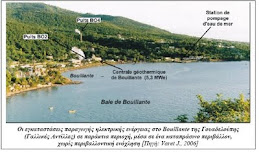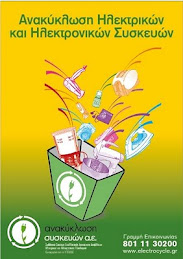
In a rare bright spot for global environmental news, atmospheric scientists reported in 2016 that the ozone hole that forms annually over Antarctica is beginning to heal. Their data nail the case that the Montreal Protocol, the international treaty drawn up in 1987 to limit the use of ozone-destroying chemicals, is working.
The Antarctic ozone hole forms every Southern Hemisphere spring, when chemical reactions involving chlorine and bromine break apart the oxygen atoms that make up ozone molecules. Less protective ozone means that more ultraviolet radiation reaches Earth, where it can damage DNA and lead to higher rates of skin cancer, among other threats.
The Montreal Protocol cut back drastically on the manufacture of ozone-destroying compounds such as chlorofluorocarbons, or CFCs, which had been used in air conditioners, refrigerators and other products. It went into force in 1989 and phased out CFCs by 2010.
Earlier studies had hinted that the ozone hole was on the mend. The new work, reported in Science in June, is the most definitive yet (SN: 7/23/16, p. 6). A team led by Susan Solomon, an atmospheric chemist at MIT, looked not only at the month of October, when Antarctic ozone loss typically peaks, but also at September, when the hole is growing. The healing trend was most obvious in September. Satellite measurements showed that from 2000 to 2015, the average extent of the September ozone hole shrank by about 4.5 million square kilometers, to approximately 18 million square kilometers. Soundings taken by weather balloons over Antarctica confirmed the findings.
Read more: https://www.sciencenews.org/article/antarctica-ozone-hole-top-science-stories-2016










Δεν υπάρχουν σχόλια:
Δημοσίευση σχολίου